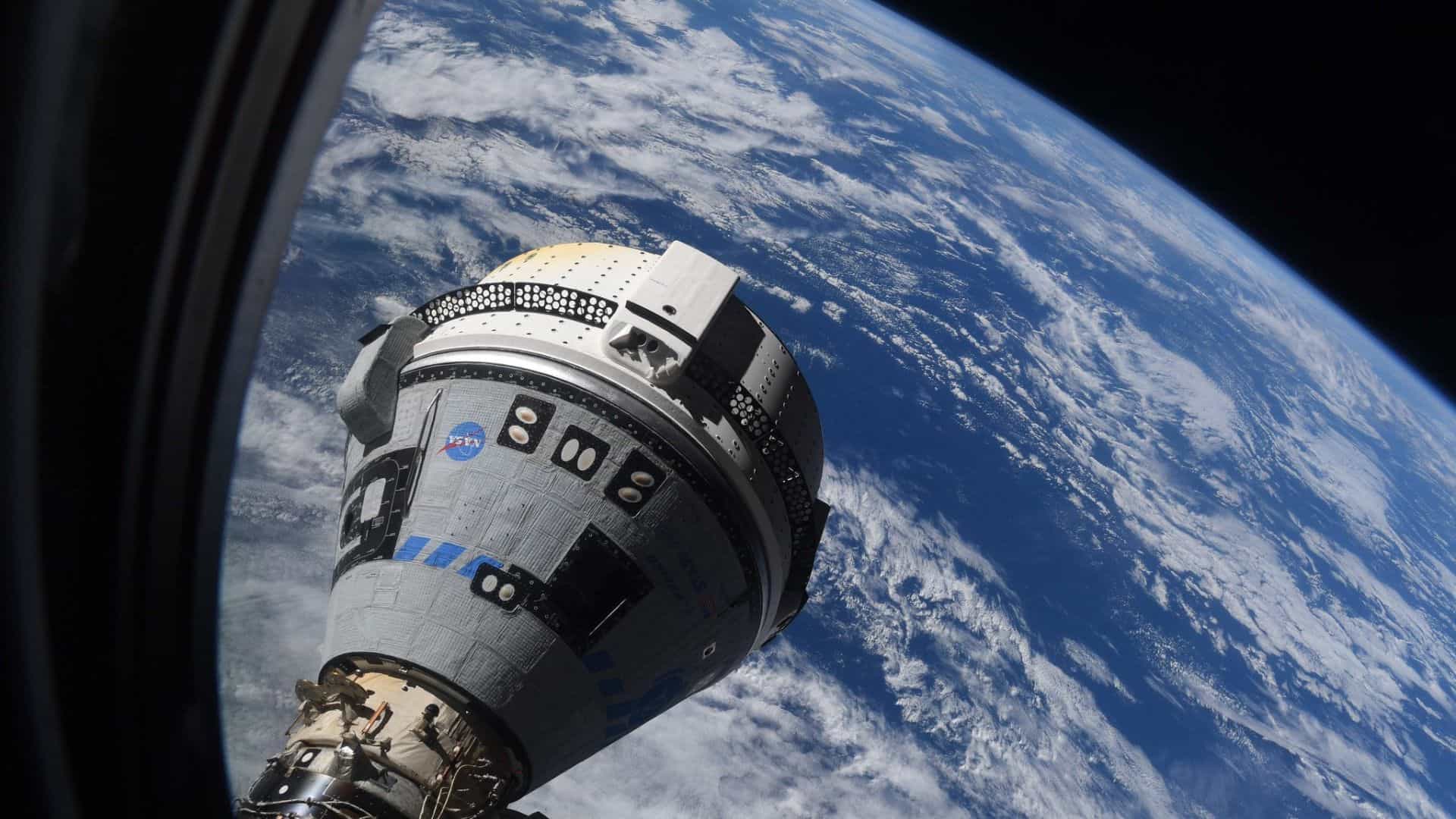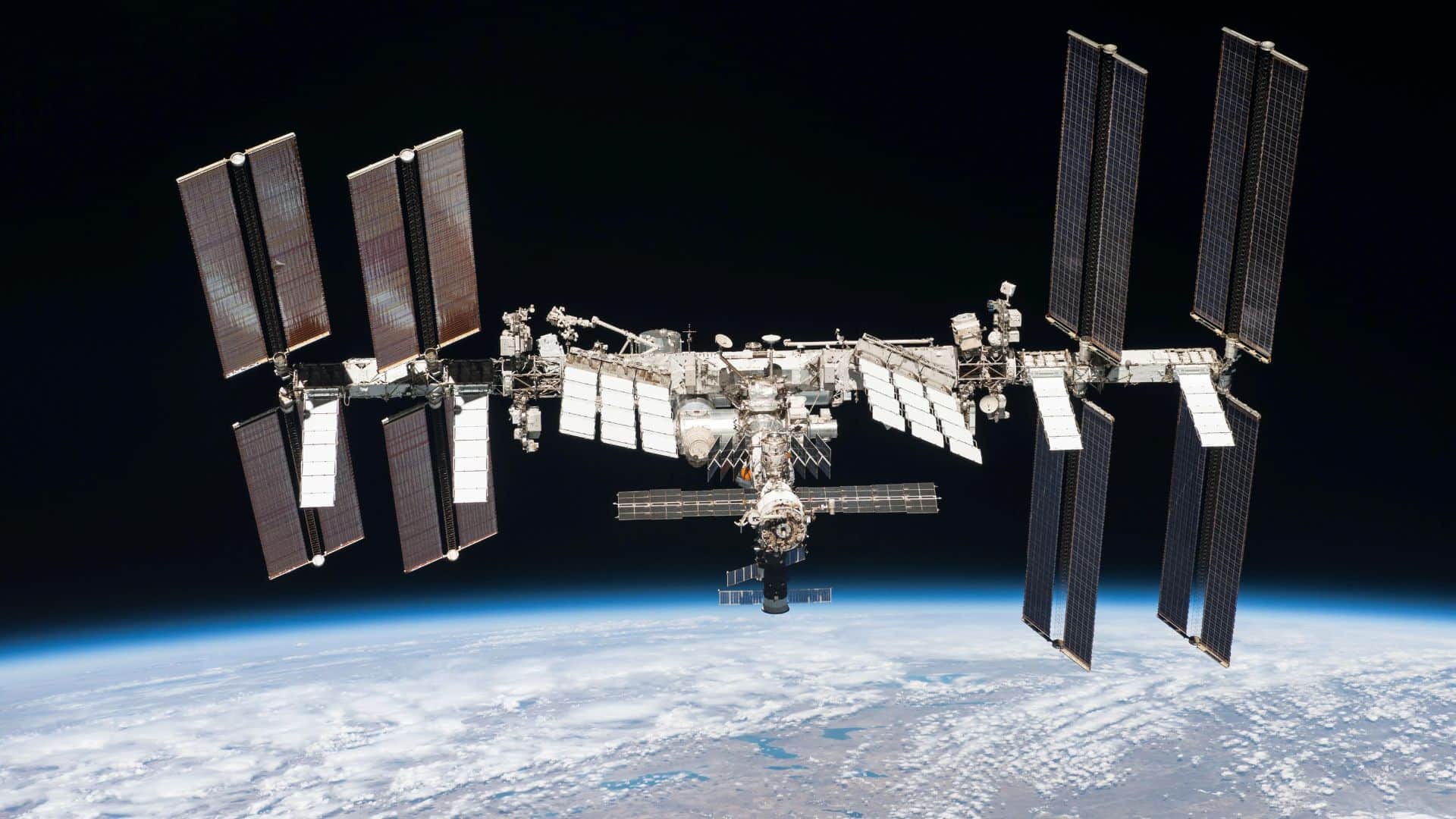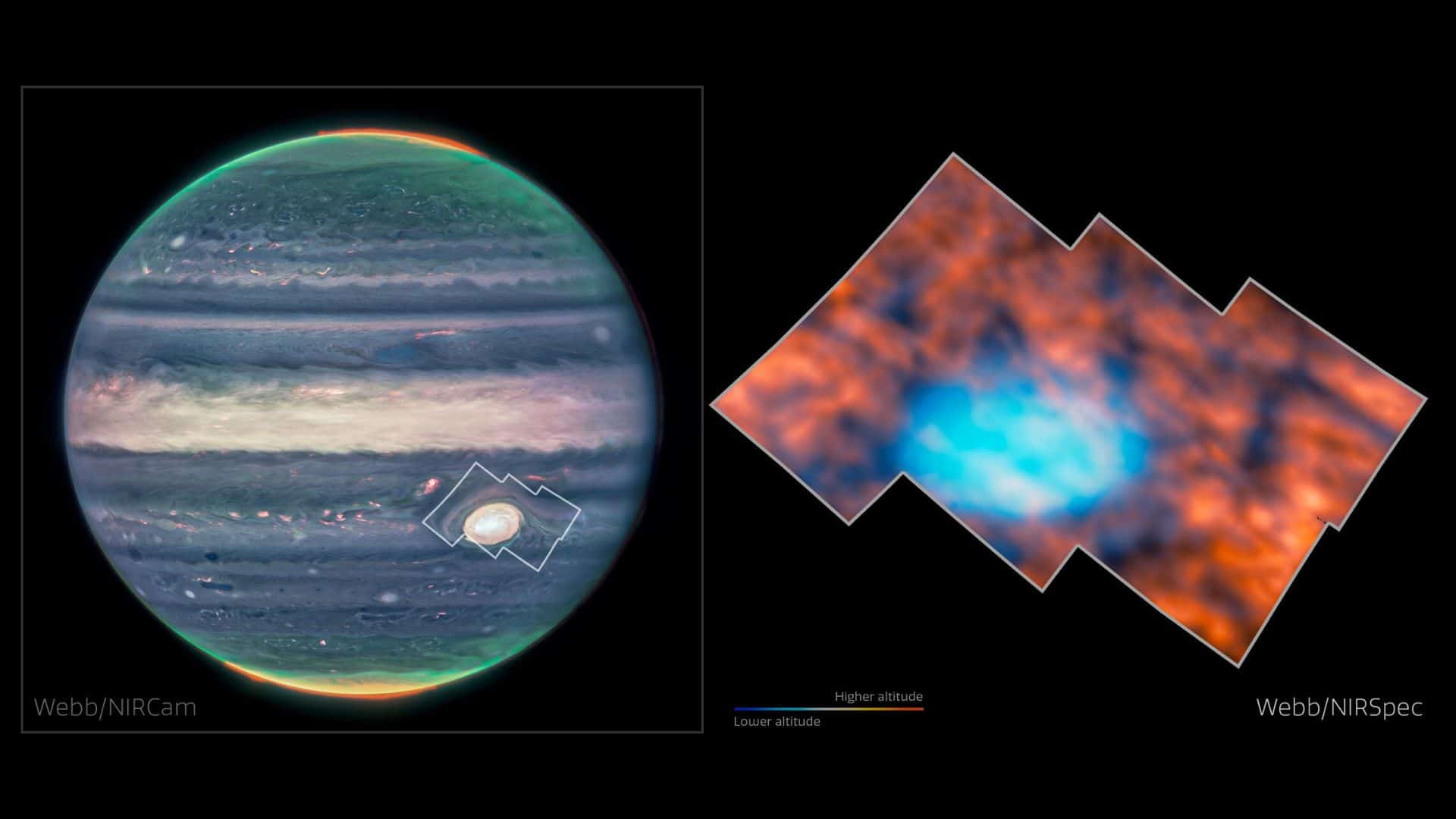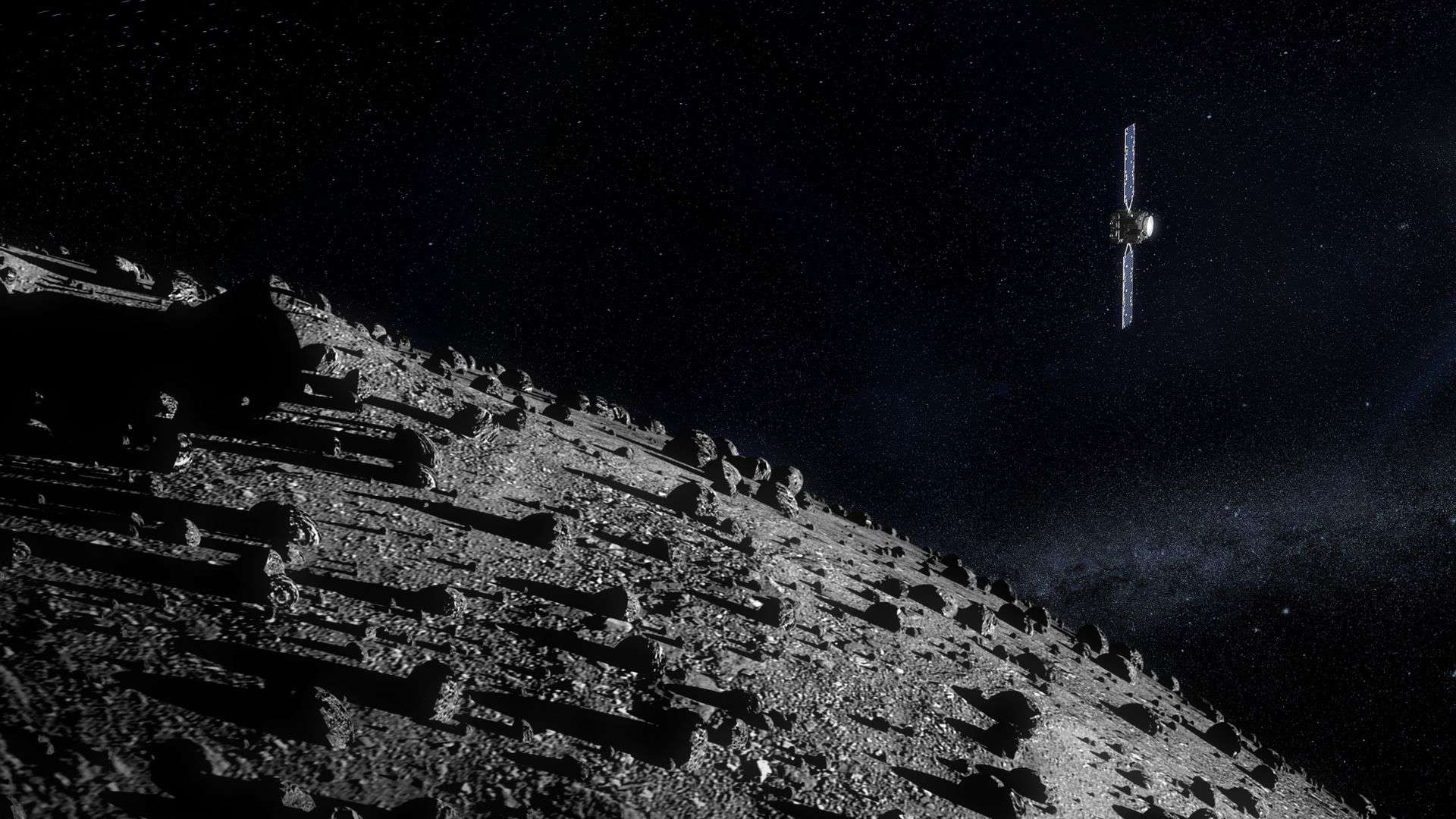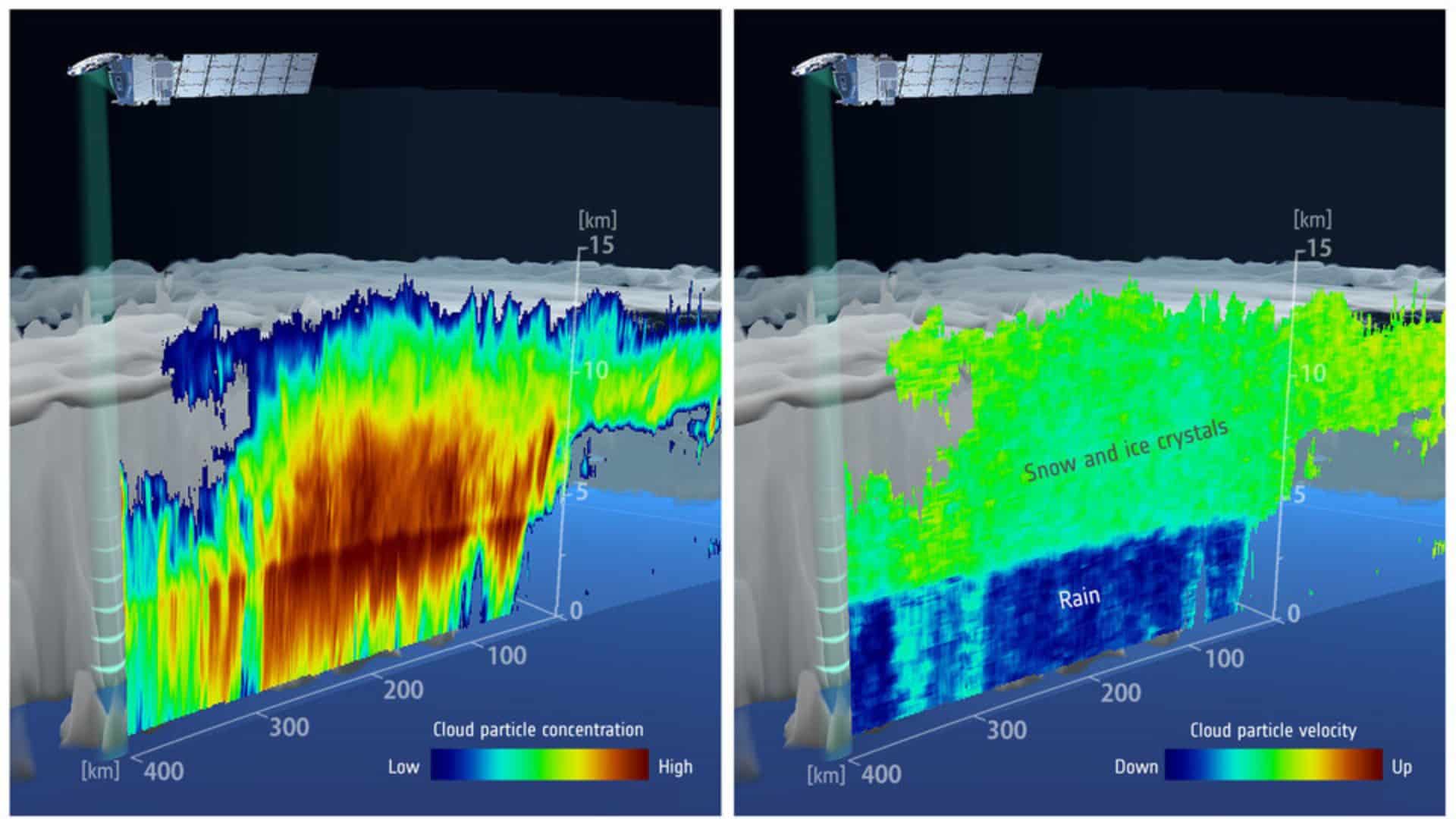
The cloud profiling radar instrument on the EarthCARE satellite revealed its first image, which shows the internal structure of clouds from space.
The EarthCARE mission, which was launched on May 29, 2024, is a joint venture between the European Space Agency (ESA) and the Japan Aerospace Exploration Agency (JAXA).
The mission carried four scientific instruments, including an atmospheric lidar, a cloud profiling radar, a multispectral imager, and a broad-band radiometer, to study the role of clouds and aerosols on our climate.
The cloud profiling radar, which captured the first image, was provided by the Japan Aerospace Exploration Agency (JAXA).
“We are thrilled to be able to present this first image, which reveals detail on the internal structure of cloud dynamics over the ocean, east of Japan, on June 13,” JAXA’s Mission Scientist for the cloud profiling radar, Takuji Kubota, said in a statement.
“This is the first image of its kind – we have never had this kind of information measured from space before. It is all we hoped for and more. I believe that the cloud profiling radar will bring various scientific discoveries.” Kubota added.
The left part of the cloud profiling radar image displayed the vertically resolved internal structure of clouds, where the denser part of the cloud is seen in its center.
And the right part of the cloud profiling radar image displayed a clear boundary at an altitude of around 5 km where the ice and snow melt to form water droplets that fall as rain.
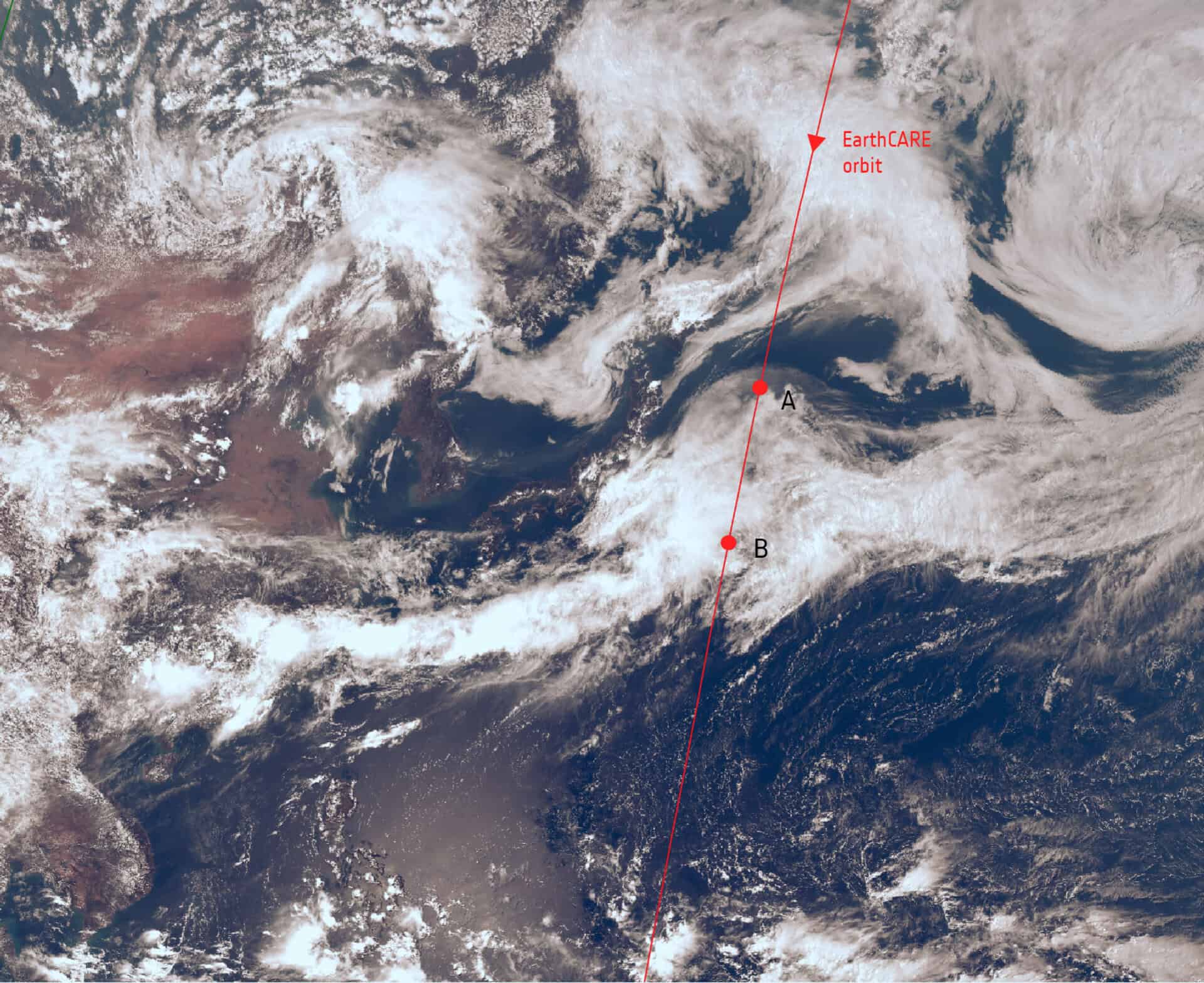
To better understand the cloud profile, the same cloud system was captured by the Japanese Himawari-9 meteorological satellite in geostationary orbit, around 36 000 km above Earth. Here, EarthCARE’s cloud profiling radar captured its first data between the A and B markers in the Himawari-9 image.
The cloud profiling radar instrument of the EarthCARE mission has a unique capability to measure the density, particle distribution, and velocity of the ice, snow, and rain within the clouds.
Related article: ESA and JAXA jointly launches EarthCARE satellite to better predict our climate
Please bookmark Spaceandtelescope.com or follow us on Facebook and Twitter to get latest space news, upcoming skywatching events and astronomy-related content.
